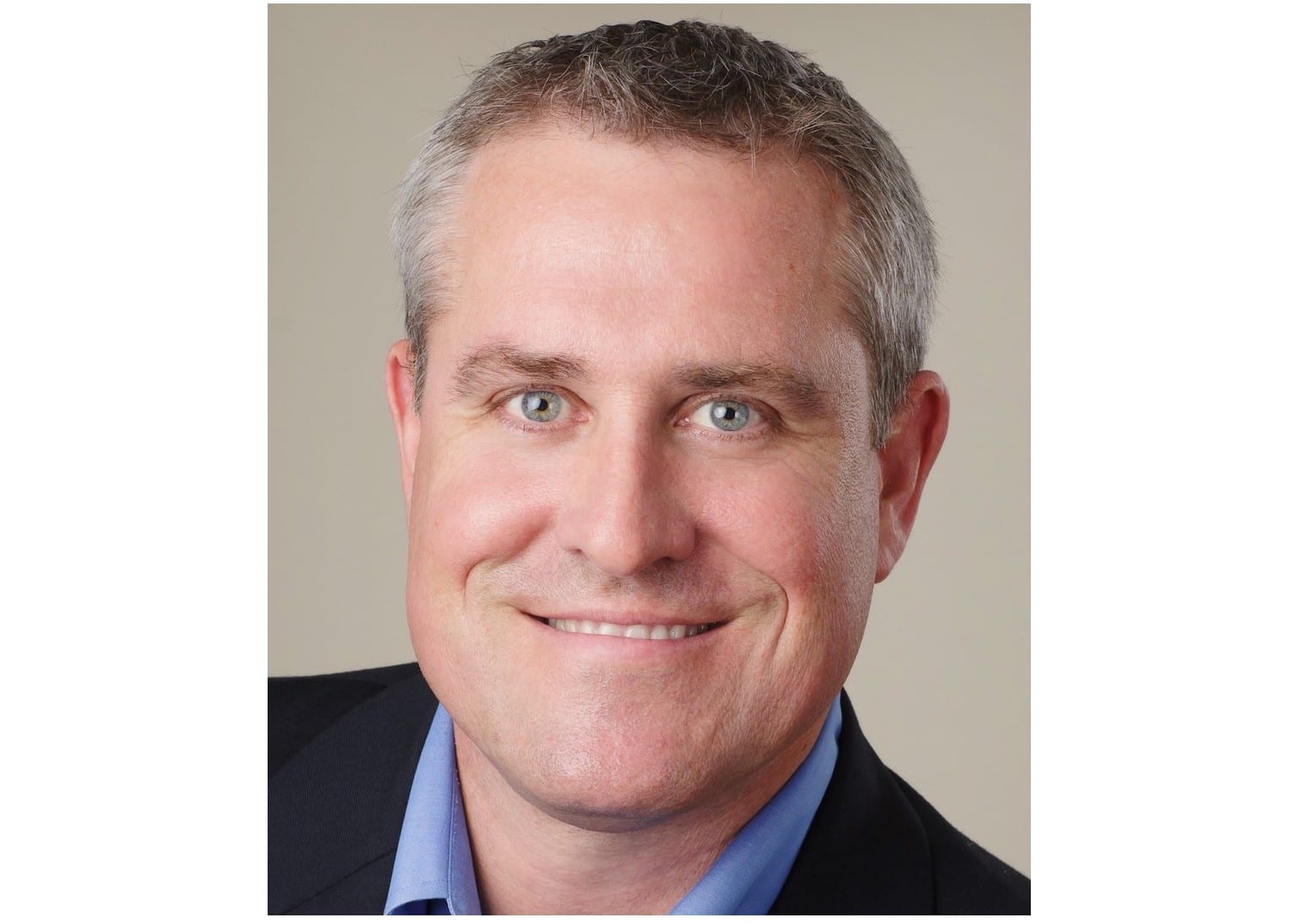We have found that many retirees — even those who’ve planned and saved well for decades — harbor a distant fear that their money may not last as long as needed. When it comes to your retirement income, knowing what you can control and by how much may help you rein in fear of “running out” and instead, save your energy for the things you can change.
Here’s how to achieve a level of comfort, not just with the parts you can control, but even the things you can’t.
Where Your Money Lives
• How and where you put your money to work is one of the largest areas of influence you have. Asset allocation decisions affect total portfolio risk more than any other factor, according to “Determinants of Portfolio Performance,” a study published in the Financial Analysts Journal.
• Work with an advisor to position assets within your overall portfolio to help preserve and grow assets, and centralize as many investment income resources as possible to potentially reduce fees.
How Much You Spend and Save
• Saving as early — and as much as possible — along with thoughtful spending is entirely in your hands. Personal savings and income from working during retirement are expected to play a large role in funding retirees’ futures.
• Live within your means and prioritize needs over wants with a plan that keeps you accountable and on track. An advisor can help you decide on a withdrawal rate to keep you comfortable during a long and fulfilling retirement. Depending on market returns, this rate may need adjustments.
How Long You Work
• In the past, Social Security and company pension plans were enough to fund retirement – but not so these days. And, while you may want to work in retirement, many retirees are compelled to leave the workforce before they planned due to health concerns, company changes or caregiving responsibilities.
• So, be sure to have a backup plan. You may need to draw income earlier and make your portfolio last longer than you thought. It’s also important to optimize your household Social Security benefits using a thoughtful filing strategy.
Your Health
• While you don’t know for sure what will happen, you can increase your chances of a long, healthy life through better healthcare, preventative care and good nutrition.
• Living longer means longer retirement horizons – and concern for outliving your savings. Make a financial plan for the best-case scenario of a long life.
Longevity Risk: The Great Multiplier
In the United States, the median life expectancy of a 65-year-old man and woman is 86 and 88, respectively, but half of the population will live much longer than that. Longevity is one of the biggest risks you’ll face as you enter retirement, and that can compound things like your housing, transportation, food and healthcare expenses.
The What-Ifs
• No matter how much you try, there are always unknowns to face — flat tires, an unexpected health event, finding the perfect vacation home before you’re ready — that weren’t specifically in your plan. But you can build a contingency plan by creating a financial cushion and mitigating risks with proper insurance coverage (e.g., long-term care insurance).
• Consider which unanticipated events you can take early action on (some are easier to protect against) and work with an advisor to run hypothetical scenarios to see what you can handle with confidence.
The Markets
• Even with thoughtful planning, no one has ever been able to predict what the market might do, and volatility can be particularly challenging when you might not be working. Consider what you’ll do if you encounter a series of less-than-ideal market returns, like tapping into cash reserves to avoid selling in down markets, or taking advantage of diversification strategies where one part of your portfolio may be working when another may not be.
• Remember, even with a shorter time horizon, retirement isn’t the time to swing for the fences and take on unnecessary risk to attempt to make up for losses. Instead, talk to an advisor about ways to diversify income streams.
The Cost of Living and Taxes
• Things cost more over time. The inflation rate for retirement-age Americans is higher because they spend more on items that rise fastest in price, such as healthcare and housing. Taxes can also eat up a chunk of your retirement income.
• Think about investing a portion of your savings in equities and real assets, which may help hedge against inflation. However, this does involve risk, including the possible loss of capital. Or, remember that Social Security is a significant income stream that offers cost-of-living adjustments.
• As for taxes, without knowing when the government may implement a change that may affect you, be sure to take advantage of savings in tax-favored accounts, particularly those geared toward retirement.
It may help to know that you can control many of these interconnected factors either directly or indirectly. You are your best advocate when it comes to fulfilling your retirement dreams, so be sure to exercise your power thoughtfully and proactively.
Tom King CFP®, CLU®, AEP® is Registered Principal of King Financial Partners (222 Blue Course Drive, State College, PA). King Financial is a team of credentialed professionals specializing in retirement, investment management, wealth transfer, and estate planning. Tom can be reached at [email protected] or (814) 234-3300.
Securities offered through Raymond James Financial Services, Inc., member FINRA/SIPC.© 2021 Raymond James Financial Services, Inc., member FINRA/SIPC. Investment advisory services offered through Raymond James Financial Services Advisors, Inc. King Financial Partners is not a registered broker/dealer and is independent of Raymond James Financial Services.
Diversification does not guarantee a profit nor protect against loss. Asset allocation does not guarantee a profit nor protect against losses. Sources: J.P. Morgan Guide to Retirement. Raymond James WorthWhile, Fall 2016.



